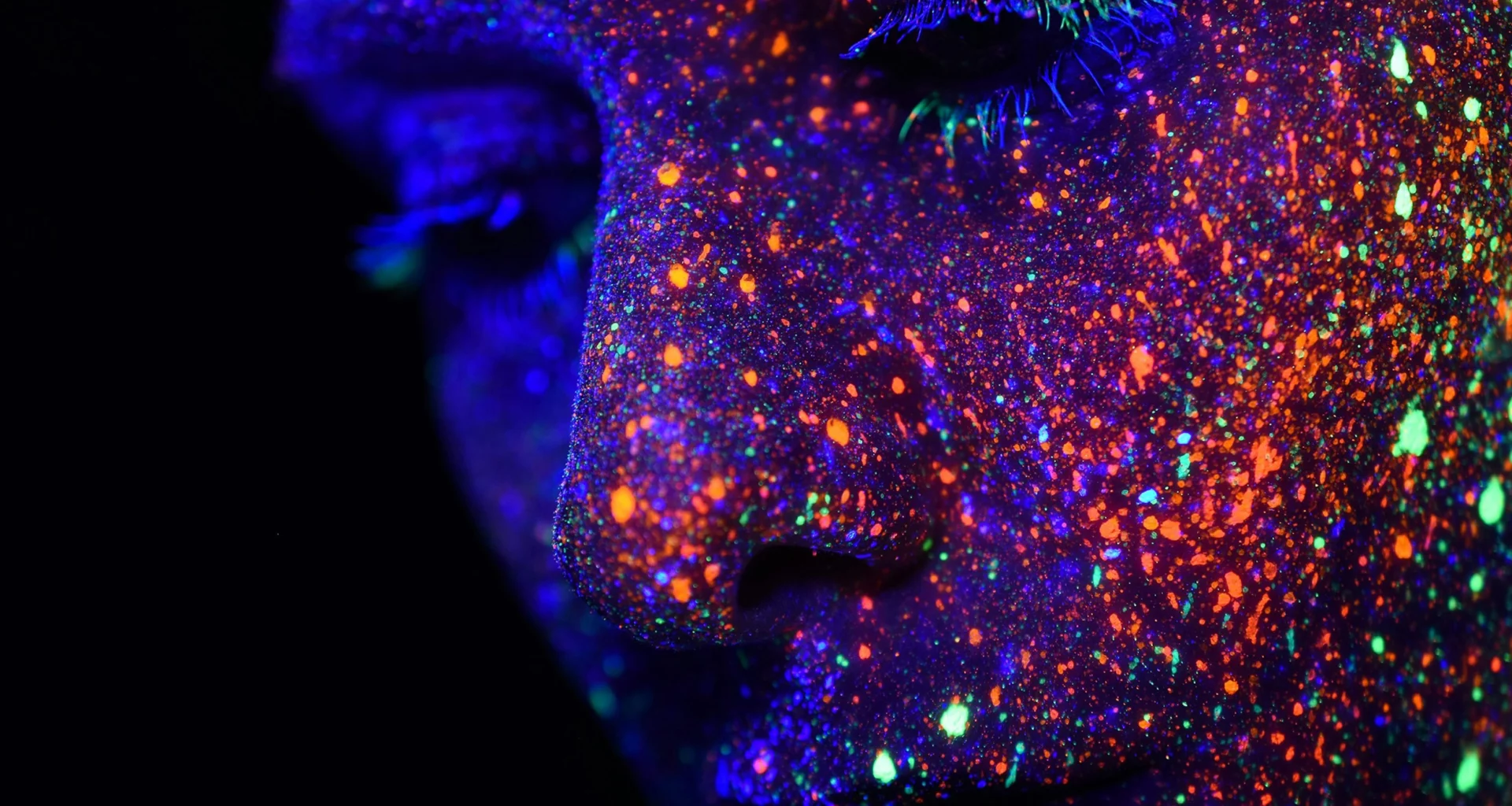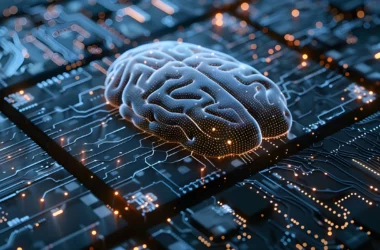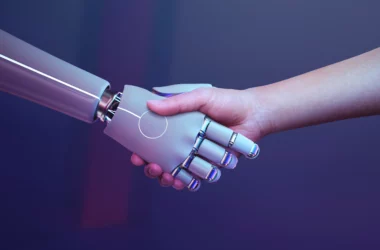In recent years, the field of machine learning has seen tremendous advancements, particularly in the area of natural language processing (NLP) and computer vision. Among the notable innovations is Low-Rank Adaptation (LoRA), a technique that has garnered attention for its efficiency and effectiveness in fine-tuning large pre-trained models. This article explores what LoRA is, how it works, and its implications for the future of machine learning.
What is LoRA?
Low-Rank Adaptation (LoRA) is a method designed to make the fine-tuning of large models more efficient by introducing low-rank updates during the training process. Instead of modifying all parameters of a pre-trained model, LoRA focuses on adding trainable low-rank matrices to the existing weight matrices of the model. This approach significantly reduces the number of parameters that need to be updated, making the training process faster and less resource-intensive.
How Does LoRA Work?
At its core, LoRA modifies the model’s weight updates in a way that retains most of the original model’s parameters frozen while allowing a smaller number of additional parameters to be trained. The key steps involved are:
Efficient Training: By only updating these smaller matrices, the computational cost is significantly lowered. This means faster training times and reduced memory usage, making it feasible to adapt large models even on limited hardware.
Decomposition of Weight Matrices: LoRA decomposes the weight updates into two smaller matrices, effectively creating a low-rank approximation of the update. This reduces the dimensionality of the parameter space being optimized.
Integration with Pre-trained Models: During the fine-tuning phase, these low-rank matrices are added to the pre-trained model’s weights. The majority of the model remains unchanged, allowing it to leverage the knowledge it has already gained.
Benefits of LoRA
Efficiency: LoRA reduces the computational burden associated with fine-tuning large models. This efficiency makes it accessible for researchers and developers who may not have access to extensive computational resources.
Reduced Overfitting: By limiting the number of parameters that are updated, LoRA can help prevent overfitting, particularly in scenarios with limited labeled data.
Scalability: The technique is easily scalable, allowing practitioners to adapt models across various tasks without the need for extensive retraining.
Versatility: LoRA can be applied to various types of models and tasks, making it a versatile tool in the machine learning toolkit.
Real-World Applications
Natural Language Processing: In NLP tasks such as sentiment analysis, machine translation, and text generation, LoRA can fine-tune large language models like BERT and GPT efficiently, enabling quick adaptation to specific contexts or domains.
Computer Vision: For image classification and object detection, LoRA can help modify vision models like ResNet or EfficientNet without the need for extensive retraining, allowing for rapid deployment in new scenarios.
Reinforcement Learning: LoRA can also be used in reinforcement learning contexts, allowing agents to adapt their strategies based on new environments with minimal training overhead.
Future Implications
s machine learning continues to evolve, techniques like LoRA are paving the way for more efficient and accessible model training. The ability to adapt large models with limited resources opens the door for smaller organizations and independent researchers to leverage state-of-the-art technologies.
Moreover, the principles behind LoRA can inspire further innovations in model optimization, including the development of new low-rank adaptation strategies or hybrid methods that combine LoRA with other techniques like quantization or pruning.
LoRA represents a significant advancement in the field of machine learning, particularly in how we approach the fine-tuning of large models. Its efficiency and effectiveness make it a promising tool for researchers and practitioners alike. As we continue to explore and innovate in this space, methods like LoRA will play a crucial role in shaping the future of AI, making powerful technologies more accessible to a broader audience.








